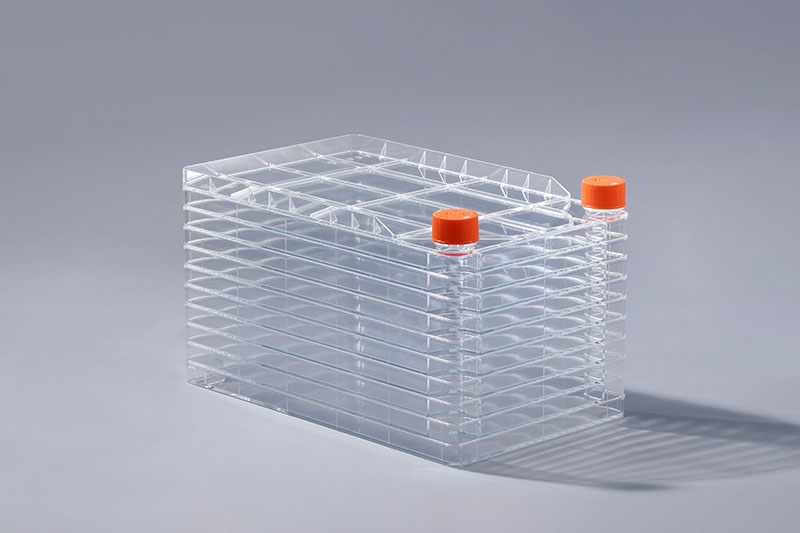マイコプラズマ汚染は、基礎研究や工業生産で頻繁に発生する問題です。細胞培養や大規模な工業生産に cell factorys を使用する場合、マイコプラズマの汚染も非常に厄介です。それで、この状況で何をすべきか?
Mycoplasmaは、バクテリアとウイルスの間のサイズ(最小直径0.2um)の微生物であり、独立して生きています。マイコプラズマが細胞を汚染した後、培地が濁ることはありません。通過や交換で安心するので、無視しやすいです。しかし、深刻なケースでは、細胞増殖が遅くなり、細胞工場から脱落することさえあります。
マイコプラズマ汚染が発生した場合、培養中の細胞、WCBの細胞などの重要でない細胞の場合、培養および使用済み培地は不活化して廃棄することができます。より重要な細胞については、MRA治療、薬物支援加温治療、マイコプラズマ特異的血清の使用、動物への接種と滅菌、マクロファージ食作用、およびマイコプラズマ除去培地の使用を治療に使用できます。
マイコプラズマの予防汚染は、細胞培養作業に細胞工場を使用する際の鍵です。マイコプラズマ汚染の可能性は、環境汚染を制御し、厳密な実験操作を行い、細胞培養培地と機器の無菌性を確保し、細胞培養培地に適切な量の抗生物質を添加することによって減らすことができます。
The FAI climbed 5.9 percent year-on-year in the first 11 months of 2018, quickening from the 5.7-percent growth in Jan-Oct, the National Bureau of Statistics (NBS) said Friday in an online statement.
The key indicator of investment, dubbed a major growth driver, hit the bottom in August and has since started to rebound steadily.
In the face of emerging economic challenges home and abroad, China has stepped up efforts to stabilize investment, in particular rolling out measures to motivate private investors and channel funds into infrastructure.
Friday's data showed private investment, accounting for more than 60 percent of the total FAI, expanded by a brisk 8.7 percent.
NBS spokesperson Mao Shengyong said funds into weak economic links registered rapid increases as investment in environmental protection and agriculture jumped 42 percent and 12.5 percent respectively, much faster than the average.
In breakdown, investment in high-tech and equipment manufacturing remained vigorous with 16.1-percent and 11.6-percent increases respectively in the first 11 months. Infrastructure investment gained 3.7 percent, staying flat. Investment in property development rose 9.7 percent, also unchanged.
 English
English



















































